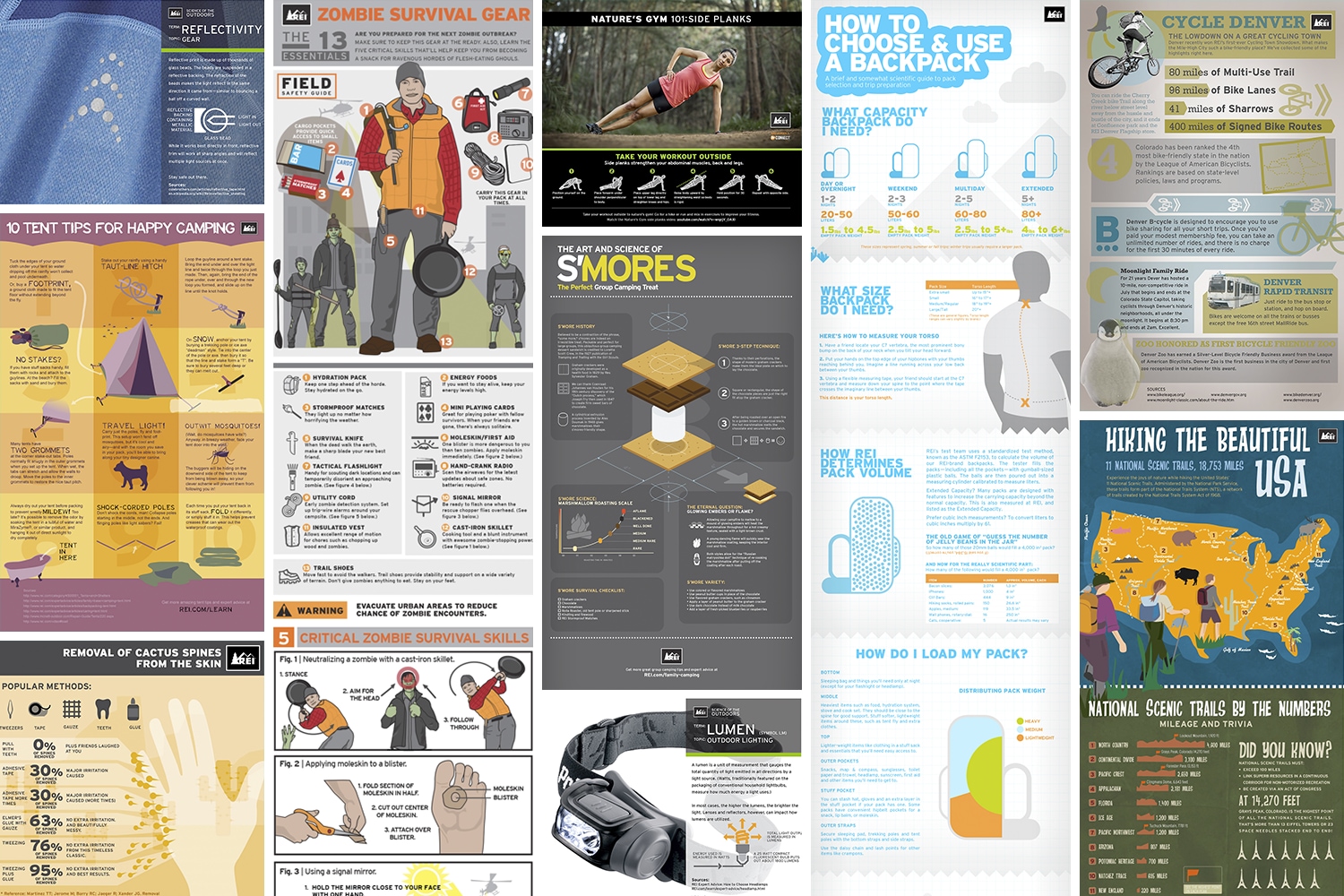Weatherproofing Tips For Tent Doors
Picking the Right Risks for Guy LinesFor ounce counters, risks are a prime area to save money. A lot of risk sets feature a things sack that makes them easy to load and safeguard.
They can easily penetrate softer, sandy dirts and yearn duff but battle with rocky terrain. Their blunt ends benefit from making use of a mallet.
Hook Stakes
Generally long needles with a factor on one end and a flattened head at the other, pin stakes are easy but efficient. They work well in hard ground where it's challenging to drive in longer risks and do specifically great in rough surface, as the idea can work its means in between buried rocks. Some variations (like Sea to Summit's Ground Control risks) have 3 notches for person lines, which decrease leverage and boost holding power.
A typical choice to guard's hook risks, plastic utility risks usually have a Y-shaped shaft that will not twist in the soil and tend to be longer than hook stakes. They're solid and long lasting sufficient for modest use, though they are breakable if you try to hammer them into rock or hard dirt. They additionally require to be angled adequately to prevent the man line from slipping off if it comes to be slack with time (looping it around the shaft two times can help). Size: Longer risks compact dirt over a higher depth and volume, which can boost general frictional resistance.
Nail/Pin Stakes
Nail risks have a pencil factor for very easy driving into clay, rock, or compressed soil. These stakes are likewise much more resilient than wood stakes and do not splinter. They are generally used in construction, secure fencing, and disintegration control projects.
These risks have 12 spirally set up nailing openings one inch on facility offering each risk with 24 prelocated nail entry factors making them easy to use and fast to set up. This nailing design gets rid of splitting, twisting and splintering improving employee safety and security and getting rid of lost labor time.
They are frequently used in concrete developing to secure lumber or steel concrete forms and in flatwork applications. They are likewise a prominent selection for affixing screed bar owner clamps in flatwork ending up, string line guides, safeguarding landscape lumbers and evaluating risks. They are made from cold rolled U.S. made tool steel for extra strength and longevity. They have an average life 2 to 3 times that of competitors hot rolled stakes.
V Stakes
Many camping tent stake designs exist, ranging from basic light weight aluminum and titanium round stakes to carbon-fibre ones created for a variety of surface. Selecting the ideal stakes depends on tent type, camp website location and ground density.
As any stake is driven into the ground, it portable shelter displaces some soil along its size. The displaced soil compacts the soil right away adjacent to the stake and helps to raise its toughness.
Stakes with a v-shaped sample (like MSR's Ground Hog Y risks or Sierra Designs FL risks) are a lot more long lasting than hook stakes without adding much weight, and they additionally have a hassle-free notch for the person line. Nevertheless, they may lack as much holding power in hard or rough ground. In such situations, angling the risk closer to vertical can help. This makes best use of the chance that a pulling force will reach compacted layers of dirt, enhancing the risk's resistance to being pulled out. Likewise, longer stakes permeate deeper right into the soil and rise overall compaction.
Deck Risks
Essentially a thicker Y-peg, these risks utilize an added flange to boost surface area and enhance holding power. While a great choice in loose and sandy substrates, they do disturb even more soil on insertion than much less intricate shapes. This can reduce holding power in hard, dense ground - but it's still a far better option than nails or pins.
A variant on the Y-stake, these risks have 3 notches for individual lines to help reduce take advantage of and can be helpful in hard and rocky ground. They additionally often tend to be short and light, making them a wonderful choice for backpacking in rough surface. The Sierra Layouts Ground Control risks are a good example of this type, though there are numerous others on the market.
Like other risks that do not have a hook or individual line notch, these will certainly require to be tilted adequately to avoid the line from slipping off (as can happen if the line ends up being slack). Looping the line twice around the shaft can help.
